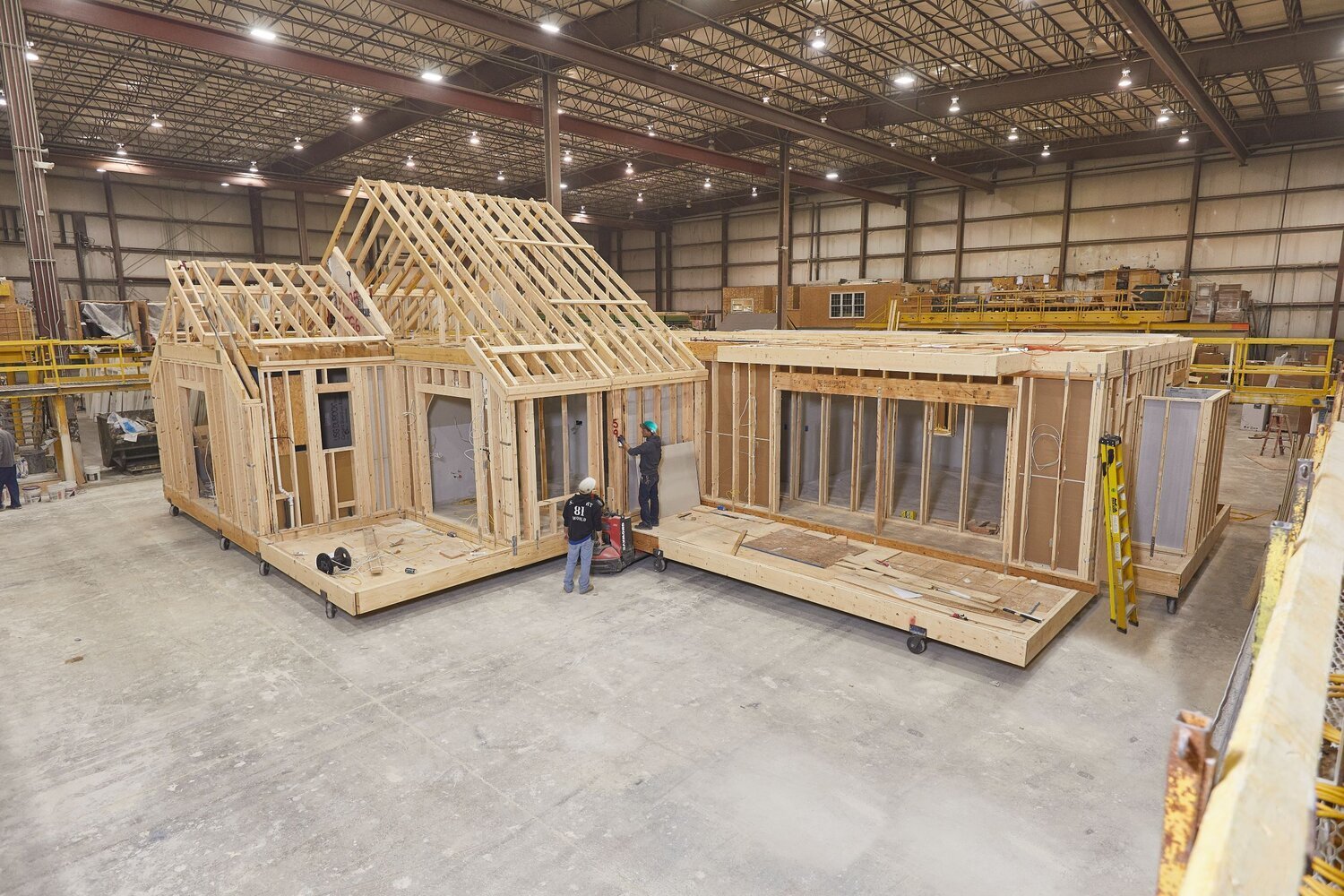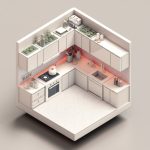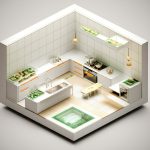– The Average Time to Build a Modular Home: A Comprehensive Overview – Discover the timeline and key factors that influence the construction of modular homes in this detailed guide.
Key Takeaways:
- Modular home construction takes significantly less time than traditional building methods, with building time ranging from 3-4 months compared to 9-12 months.
- Off-site fabrication and precise measurements contribute to the faster building time of modular homes.
- The exact timeline can vary between 16-31 weeks, depending on factors like plan type (standard or custom).
- Standard plans accelerate the move-in process, while custom options offer more flexibility.
- Cost variations exist based on size, design, materials, and location.
Average Time to Build a Modular Home
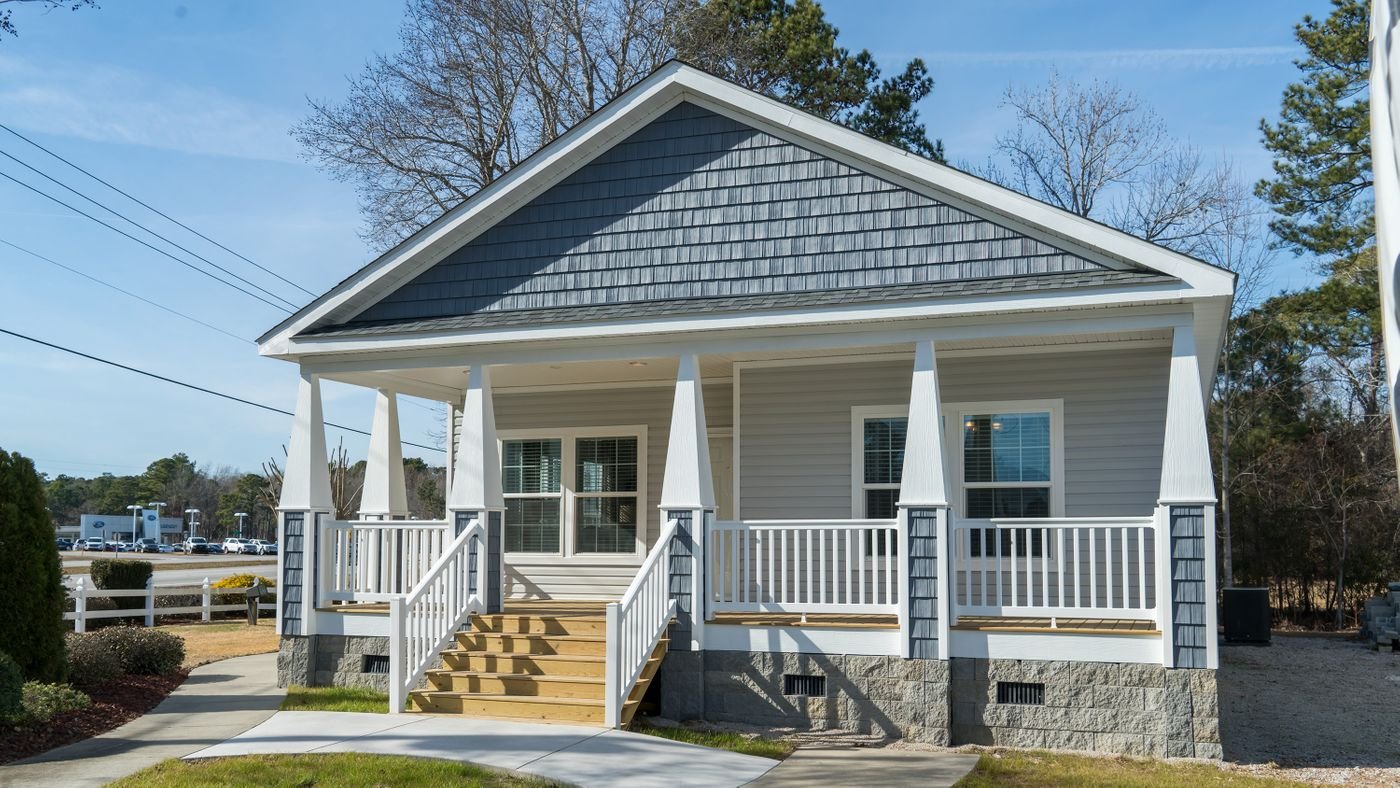
Building a home is an exciting journey, and when it comes to modular homes, you can expect a swifter timeline compared to traditional stick-built homes. Let’s dive into the typical time frame involved in the construction of a modular home and the factors that influence it.
Average Time Frame
On average, the building time for a modular home ranges from 3 to 4 months, significantly shorter than the traditional 9 to 12 months for a stick-built home. This expedited process is attributed to the off-site fabrication of modules in a controlled factory setting, which allows for precise measurements and adherence to building codes.
Factors Influencing Timeline
While the average building time provides a general estimate, several factors can influence the timeline of your modular home project:
-
Standard Plan vs. Custom Design: Opting for a standard floor plan can accelerate the process, whereas custom designs may require additional time for planning and fabrication.
-
Site Preparation: The complexity of site preparation, such as grading and foundation work, can impact the timeline.
-
Module Production: The number of modules required and the availability of materials can affect the production schedule.
-
Weather Conditions: Unforeseen weather events can delay the delivery and installation of modules.
-
Permits and Inspections: Obtaining necessary permits and passing inspections can influence the timeline.
Step-by-Step Breakdown
To better understand the process, here’s a step-by-step breakdown of the typical timeline:
-
Planning and Design: This initial phase involves selecting a floor plan, customizing it if necessary, and obtaining permits.
-
Module Production: Modules are fabricated off-site in a factory, ensuring precision and quality control.
-
Site Preparation: The building site is prepared, including grading, foundation work, and utility connections.
-
Module Delivery and Installation: Once complete, the modules are transported to the site and assembled by a professional crew.
-
Finishing and Inspections: The home undergoes finishing touches, including roofing, siding, and interior work. Inspections are conducted to ensure compliance.
Benefits of Modular Construction
Faster Building Time: Modular construction offers a drastically shorter building time compared to traditional methods.
Reduced Costs: Factory production allows for cost savings due to streamlined processes and reduced labor costs.
Higher Quality: Modules are built in controlled factory environments, ensuring consistent quality and attention to detail.
Customization Options: While often associated with standard plans, modular homes offer customization options to cater to your specific needs.
Sustainability: Modular construction minimizes waste and promotes environmental sustainability.
FAQs
- Is the building time of a modular home faster than a traditional home? Yes, the building time for a modular home is typically 3-4 months, significantly faster than 9-12 months for traditional homes.
- What factors influence the building time of a modular home? Factors such as standard plan or custom design, site preparation, weather conditions, and permits can impact the timeline.
- Does modular construction offer customization options? Yes, while standard plans are available, modular homes can be customized to suit your specific requirements.
If you’re seeking a remote opportunity after completing your 12th grade, explore our comprehensive guide on after 12th work from home jobs. For those curious about mobile home plumbing, discover the distinctions in are mobile home faucets different and are mobile home kitchen faucets different. Lastly, if you’re planning a renovation, get insights into the average cost of mobile home skirting to make informed decisions.
Step-by-Step Overview of the Modular Home Building Process
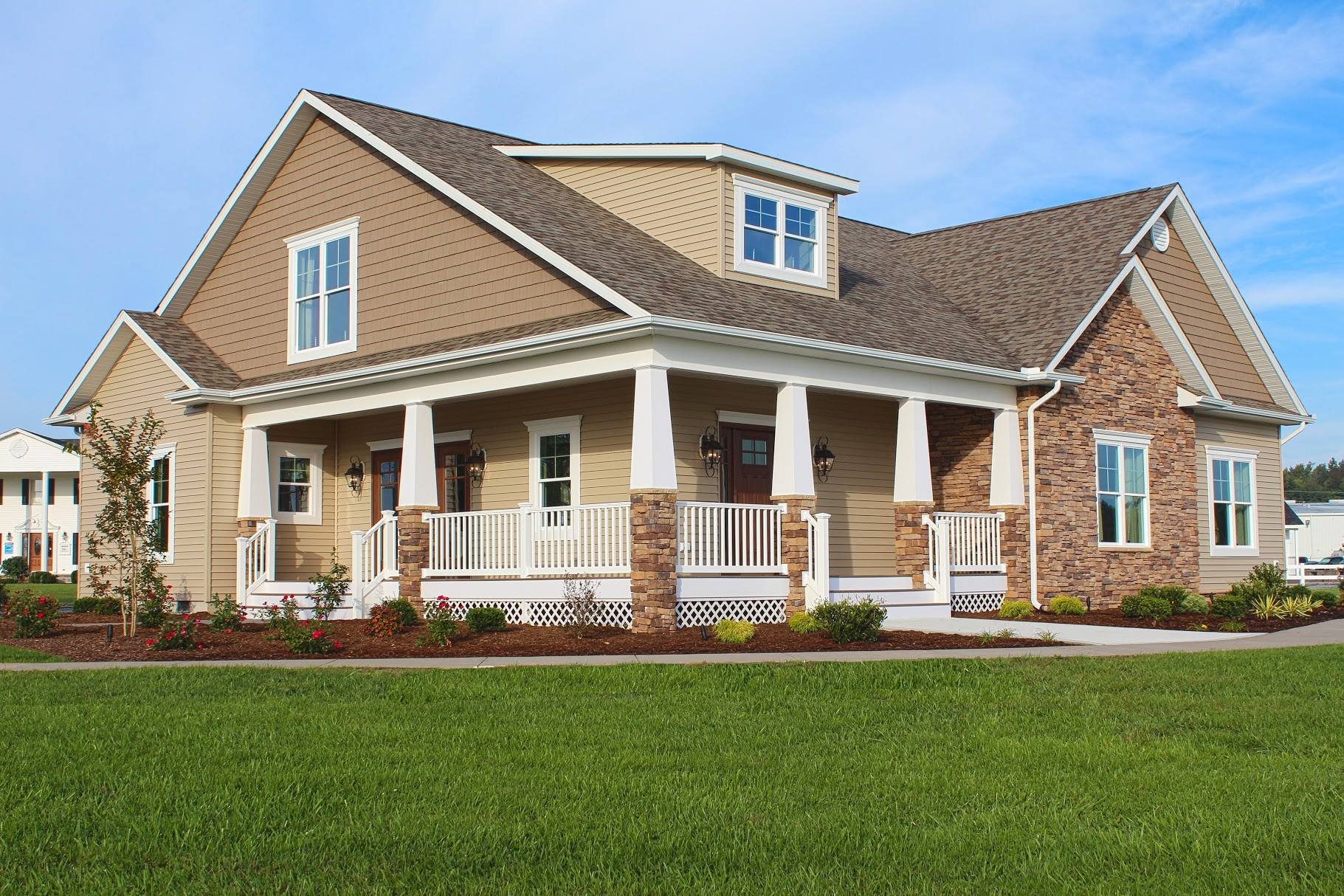
Building a modular home offers numerous advantages, including faster construction time. But how long does it take exactly? Let’s break down the process step by step:
Planning and Design
This stage can take up to 12 weeks, depending on the complexity of your design. You’ll work with architects and engineers to finalize the plans and obtain necessary permits.
Module Production
Once the plans are approved, the modules are built in a factory. This typically takes around a week, ensuring precise construction and minimizing weather delays.
Site Preparation
While the modules are being built, the construction crew prepares your building site. This includes clearing the land and laying the foundation, which can take about a week.
Module Delivery and Installation
The completed modules are then transported to your site. A crane lifts them onto the foundation, and skilled professionals connect the modules together. Installation typically takes around four weeks.
Finishing and Inspections
The final step involves completing the interior and exterior finishes, such as plumbing, electrical work, and painting. Inspections are also conducted to ensure the home meets building codes. This phase usually takes several weeks.
Key Takeaways:
- Faster Construction: Modular homes take an average of 3-4 months to build, significantly shorter than traditional homes.
- Step-by-Step Process: The modular building process involves a clear sequence of steps from planning to completion.
- Quality Control: Factory construction ensures higher quality and precision.
- Customization: You can customize your modular home to fit your specific needs and preferences.
- Cost Savings: Modular construction can offer savings on labor and materials compared to traditional methods.
Sources:
- How Long Does It Take To Build A Modular Home? – Design. Build. Live.
- Building a Modular Home: Ultimate Guide to Modular Housing
Cost Comparison: Modular Homes vs. Traditional Construction
Key Takeaways:
- Modular homes often cost less than traditional homes due to reduced labor and material costs.
- The exact cost of a modular home can vary widely depending on factors such as the size, design complexity, and location.
- Traditional homes typically require more time and labor to build, leading to higher construction costs.
Cost Breakdown:
| Aspect | Modular Homes | Traditional Homes |
|---|---|---|
| Materials | Factory-produced, cost-effective | On-site construction, higher material costs |
| Labor | Minimal on-site labor, lower labor costs | Extensive on-site labor, higher labor costs |
| Time | Shorter construction time, lower labor costs | Longer construction time, higher labor costs |
| Customization | Options available, may vary in cost | More customization, potentially higher costs |
Factors Influencing Cost:
- Size: Larger homes generally cost more, regardless of construction type.
- Design Complexity: Intricate designs and architectural features can increase construction costs.
- Location: Land and building costs vary greatly depending on the region and availability.
- Site Preparation: Additional costs may arise for site preparation, such as grading and foundation work.
- Finishes: The type and quality of finishes, such as flooring, cabinetry, and appliances, can impact the overall cost.
It’s important to note that while modular homes often have lower base construction costs, traditional homes may offer more flexibility in design and customization, potentially leading to higher costs in these areas.
Making an Informed Decision:
To determine which construction type best suits your budget, it’s essential to consider your specific needs and preferences. By comparing the cost breakdown and factors that influence costs, you can make an informed decision that aligns with your financial goals.
Sources:
- Cost of Modular Homes vs. Traditional Stick-Built Homes
- Modular Homes vs Traditional Homes: Which Is the Better Option?
Benefits and Challenges of Choosing Modular Construction
Modular construction is rapidly gaining popularity due to its numerous advantages over traditional building methods. This innovative approach offers unique benefits and challenges that homebuyers and builders should be aware of.
Benefits of Modular Construction:
- Faster Completion Times: Modular homes are built in a controlled factory setting, allowing for efficient assembly and reducing construction time by up to 50% compared to traditional homes.
- Cost Efficiency: The assembly-line process and reduced labor costs make modular construction more affordable than conventional building methods.
- Increased Quality Control: Factory construction ensures consistent quality, eliminating weather-related delays and defects.
- Reduced Waste: Modular construction minimizes waste by using precise materials and avoiding on-site construction inefficiencies.
Challenges of Modular Construction:
- Structural Limitations: Modular homes may have limitations in design and size due to transportation constraints and module dimensions.
- Transportation and Logistics: The transportation of modules can be challenging, particularly for large or heavy structures.
- Difficulty in Customization: While modular homes offer some customization options, the prefabricated nature of the modules limits significant design modifications.
Key Takeaways:
- Modular construction offers significant benefits in terms of speed, cost, and quality.
- Challenges such as structural limitations and customization limitations should be considered.
- Homebuyers and builders should weigh the benefits and challenges to determine if modular construction aligns with their needs.
Sources:
- Modular Buildings in Modern Construction
- The Benefits and Challenges of Modular Construction
FAQ
Q1: What is the average time to build a modular home?
A1: The average time to build a modular home is 3-4 months, significantly faster than traditional home construction, which takes 9-12 months.
Q2: What factors contribute to the faster construction time of modular homes?
A2: Faster construction time is achieved due to modular homes being built off-site in a controlled factory setting, ensuring precise measurements and strict adherence to building codes.
Q3: Can the construction timeline of modular homes vary?
A3: Yes, the construction timeline can range from 16 to 31 weeks, influenced by factors such as the complexity of the design, custom options, and site preparation requirements.
Q4: Are modular homes more expensive than traditional homes?
A4: Modular homes are often more affordable than traditional homes due to reduced labor costs and efficient use of materials during the assembly-line construction process.
Q5: Are modular homes as durable as traditional homes?
A5: Yes, modular homes are built to the same building codes and standards as traditional homes, ensuring they are durable and structurally sound, providing homeowners with peace of mind and lasting value.
- Modern White Kitchen Backsplash: A Guide to Stylish Kitchen Designs - November 23, 2025
- White Backsplash Ideas: Simple Ways to Refresh Your Kitchen Space - November 22, 2025
- Kitchen Backsplash For White Kitchen: Ideas To Inspire Your Renovation - November 21, 2025
